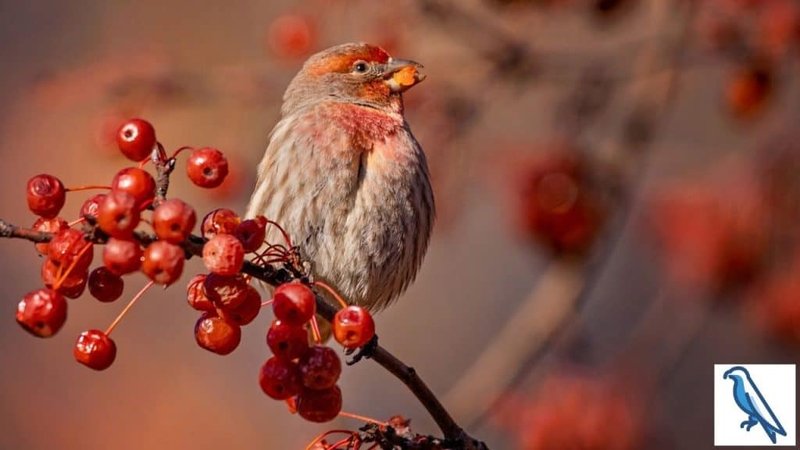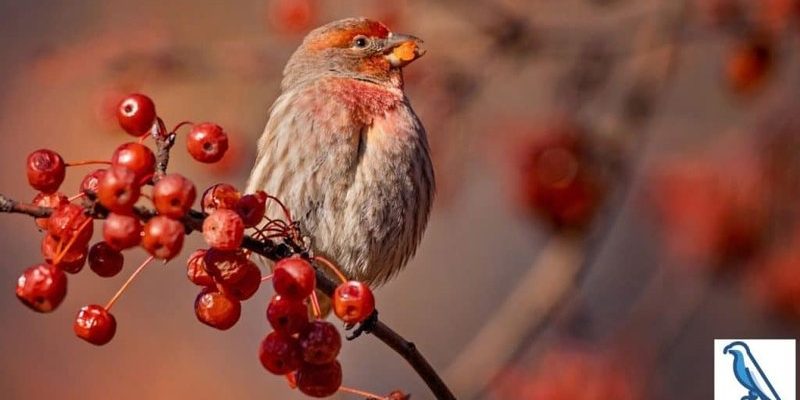
Imagine you’re sitting in a vibrant garden, the sun shining down as a finch peers at a sunflower, its tiny beak ready to crack open seeds. It’s like a delightful performance of nature where these birds showcase their skills. You might be surprised to learn that their diet isn’t just seeds; it includes various foods that provide essential nutrients. So, let’s dive deeper into what finches eat and how they go about finding their meals.
Understanding Finch Diets: What’s on the Menu?
Finches are primarily granivorous, meaning they eat a lot of seeds. However, their diet can vary depending on the species and the availability of food. Some common dietary components include:
- Seeds: These are a finch’s favorite. They can munch on everything from sunflower and thistle seeds to grains like millet and barley.
- Fruits: Many finches enjoy sweet fruits, especially when they’re in season. Think berries, apples, and even the occasional citrus.
- Insects: For protein, finches will hunt insects. This is particularly important during breeding season when they need extra nutrition to raise their young.
Here’s the thing: finches are versatile eaters. They can adapt their diet based on what’s available in their environment. So, if you have a garden, you might notice different finch species showing up based on the season and food sources.
Foraging Techniques: How Finches Find Food
Just like a treasure hunt, finches have developed some fascinating techniques to forage for food. They use their keen eyesight and agile flying skills to spot potential meals. Here’s a closer look at how they do it:
- Visual Scanning: Finches can quickly scan their surroundings from high perches. When they spot ripening seeds or insects, they swoop down for a closer look.
- Ground Foraging: Some finches prefer to forage on the ground, scratching and pecking at the soil to uncover hidden seeds or small insects.
- Hopping and Clinging: Many finches are excellent climbers. They can hop around branches or cling to plants, searching nooks and crannies for food.
It’s incredible how these little birds can navigate their environment so skillfully. Each technique is like a small tool in their toolbox, making them successful foragers.
The Role of Social Behavior in Foraging
Did you know that finches often forage in groups? Being social creatures, they benefit from working together when looking for food. Here’s why this matters:
- Increased Efficiency: When foraging in a group, finches can cover more ground. They alert each other when they find a good food source, ensuring everyone gets to enjoy a feast.
- Safety in Numbers: Foraging together means there’s more watchful eyes for predators. If one finch spots a hawk, the others can quickly take cover.
- Learning from Each Other: Young finches often learn foraging techniques from older, more experienced birds. This social aspect helps them develop essential skills.
For finches, teamwork isn’t just about sharing food; it’s a survival strategy. Watching them work together can feel like a charming ballet of nature.
Seasonal Changes in Finch Diet
The finch diet isn’t set in stone; it changes with the seasons. As the year goes by, so does the availability of certain food sources. Here’s how it plays out:
- Spring: As plants start to bloom, finches can feast on fresh seeds and insects, crucial for their nesting period.
- Summer: Many finches thrive on berries and insects during this time, providing ample nutrition for their growing chicks.
- Fall: This is a time for gathering! Finches will bulk up on seeds, storing fat for the colder months.
- Winter: When food is scarce, finches often rely on seeds from bird feeders, making them frequent visitors to backyards.
You might be wondering how you can help these birds during the winter months. Having a bird feeder stocked with seeds can make a big difference for finches when natural food sources are limited.
Unique Finch Species: Dietary Differences
Different species of finches have unique adaptations and dietary preferences. This diversity is fascinating to explore! Here are a few notable finch types and what sets their diets apart:
- House Finch: Known for their adaptability, house finches eat seeds, fruits, and occasionally insects. They thrive in urban environments.
- Goldfinch: These smaller finches prefer thistle seeds and dandelion fluff, making them expert foragers in wildflower fields.
- Crossbill: With their uniquely shaped beaks, crossbills are skilled at extracting seeds from cones of conifer trees, showcasing their specialization.
It’s amazing how these differences help each finch species survive in its specific habitat. They’ve evolved to make the best of what’s available.
How Finch Eating Habits Affect the Environment
Finches play a crucial role in their ecosystems, and their eating habits are influential. Here’s how:
- Seed Dispersal: As finches eat seeds, they help in spreading plants over larger areas through their droppings. This process contributes to the health of local flora.
- Pest Control: By feeding on insects, finches help control pest populations, contributing to a balanced ecosystem.
- Pollination: Some finches, especially those that consume nectar, can assist in pollinating flowers while searching for food.
These little birds may seem insignificant, but their habits have a ripple effect on the environment. They’re essential players in maintaining biodiversity.
Understanding what finches eat and how they hunt or forage gives us a deeper appreciation for these small, yet mighty, birds. From their varied diets to their social foraging techniques, finches are a reminder of nature’s complexity.
Next time you’re in your garden or at the park, take a moment to watch these birds in action. You might find their resourcefulness inspiring. Plus, it’s a great way to connect with nature and observe the little wonders happening all around us. So grab a cup of coffee, sit back, and enjoy the show!

